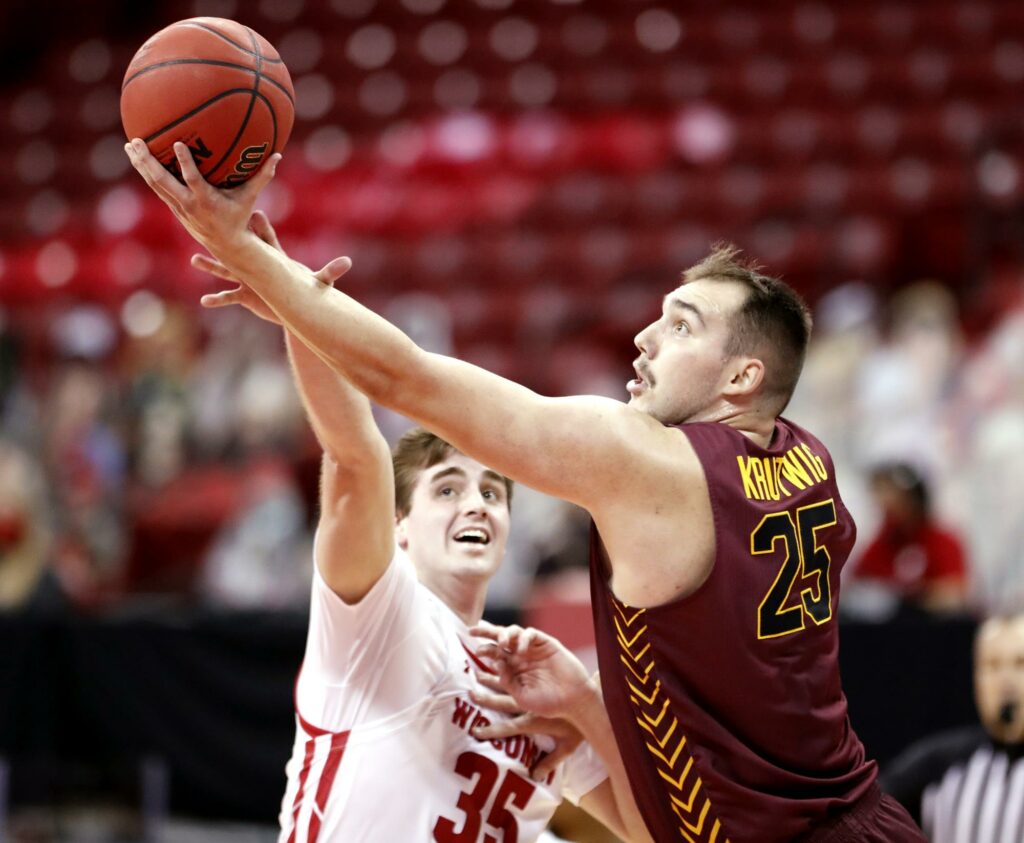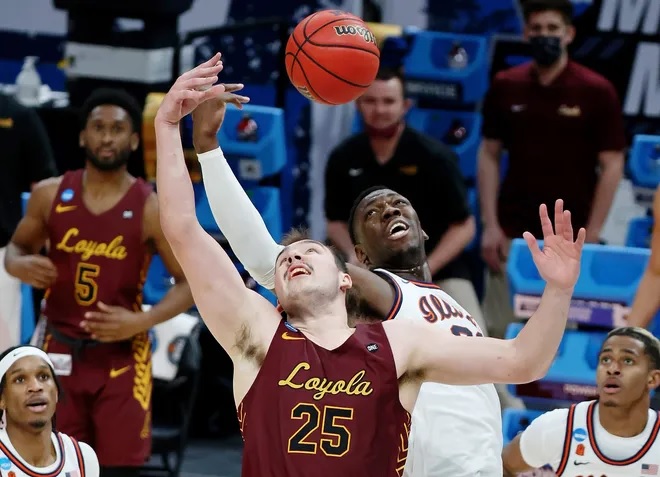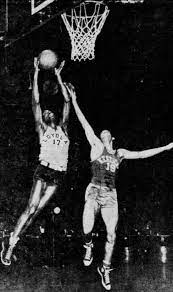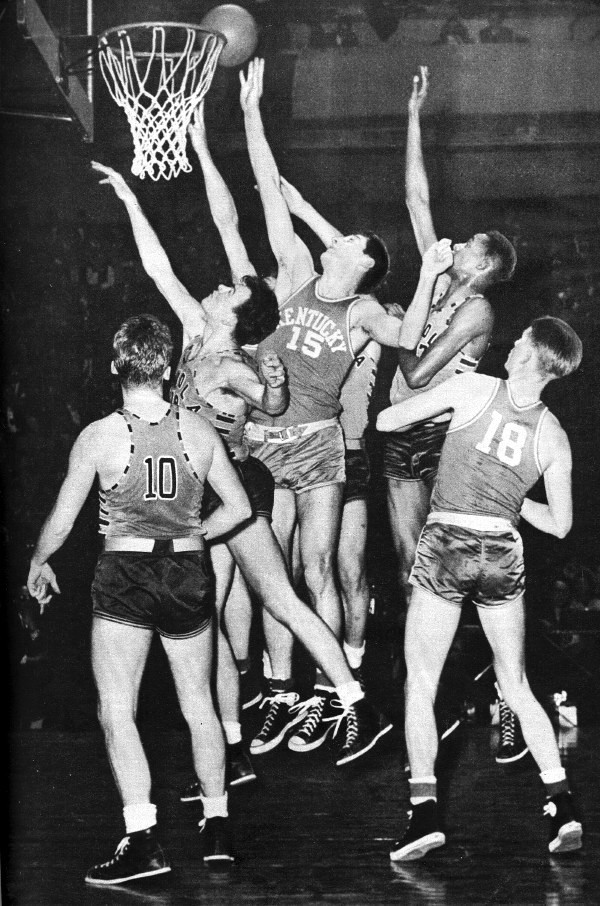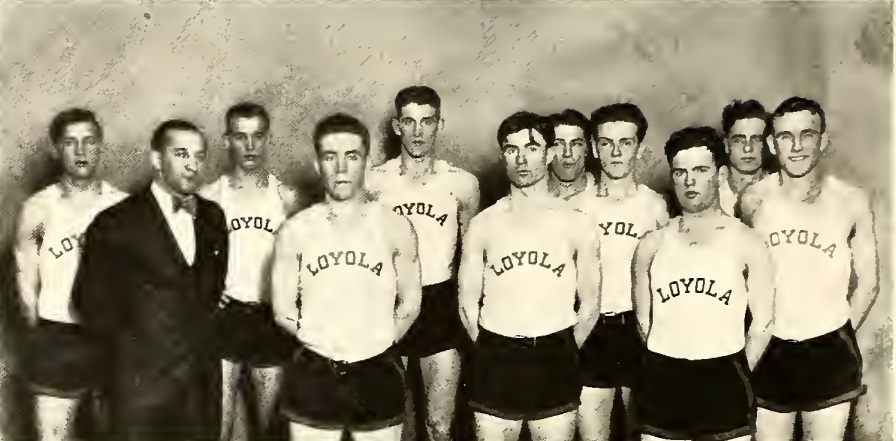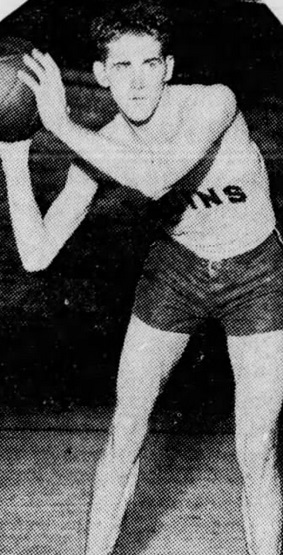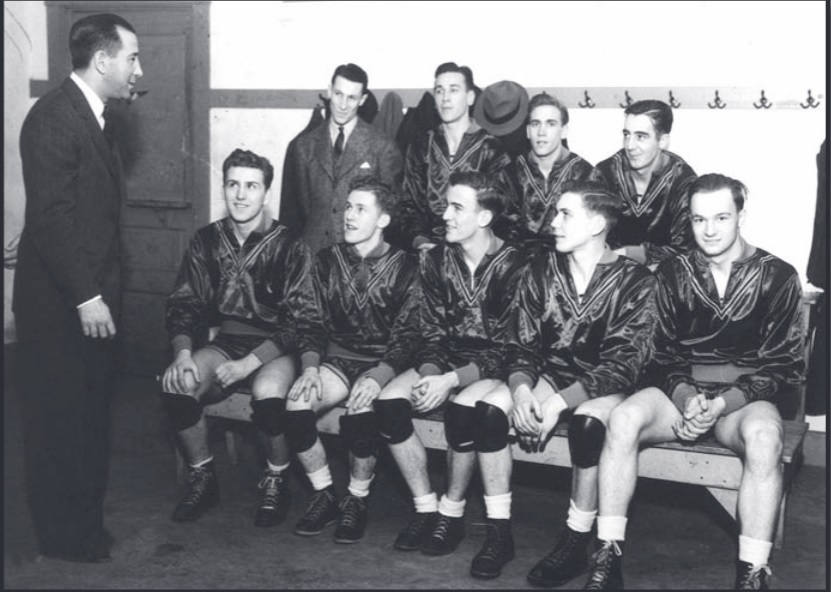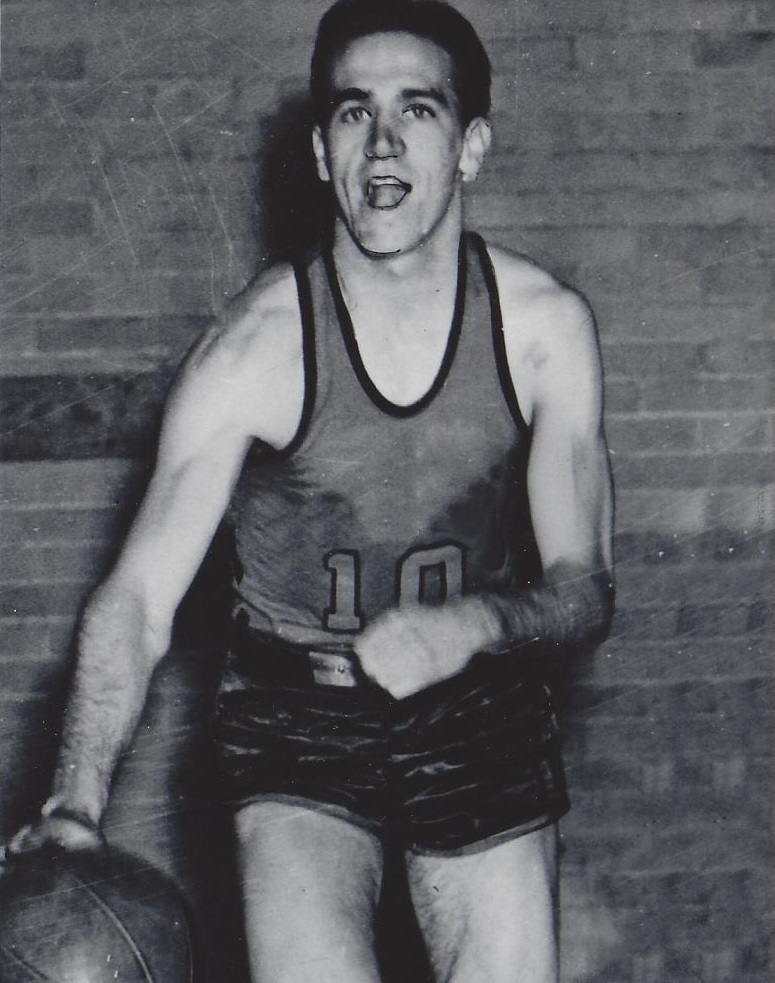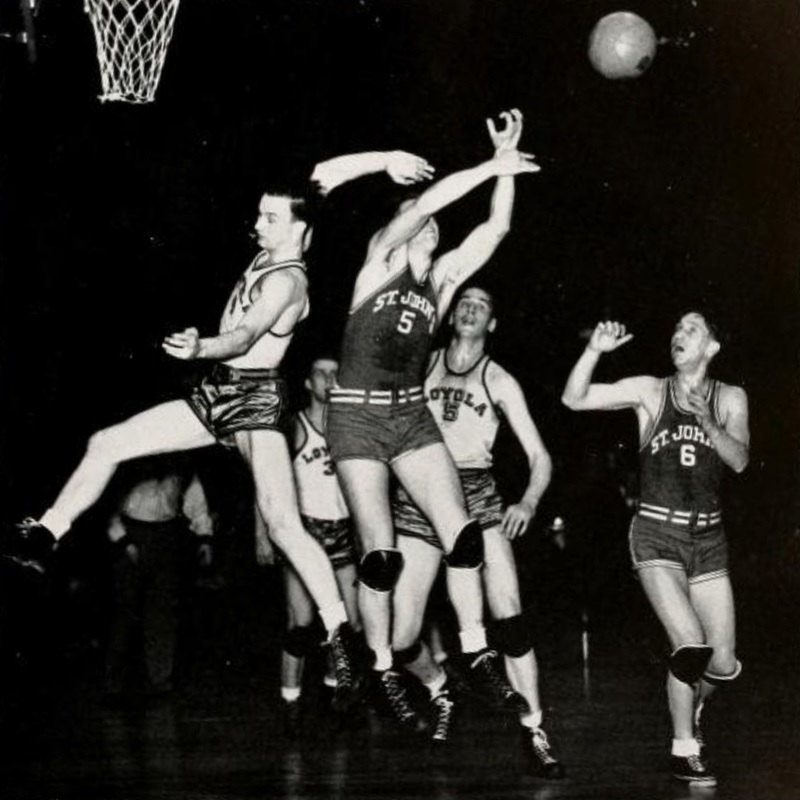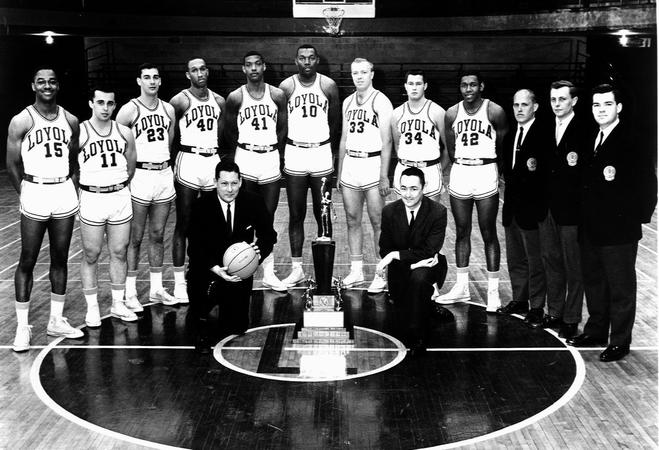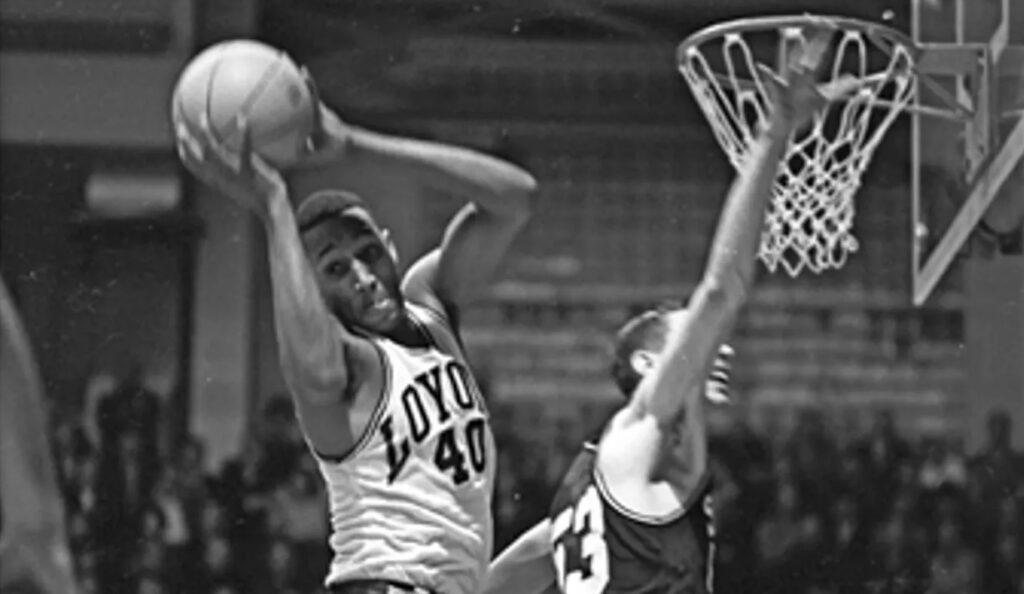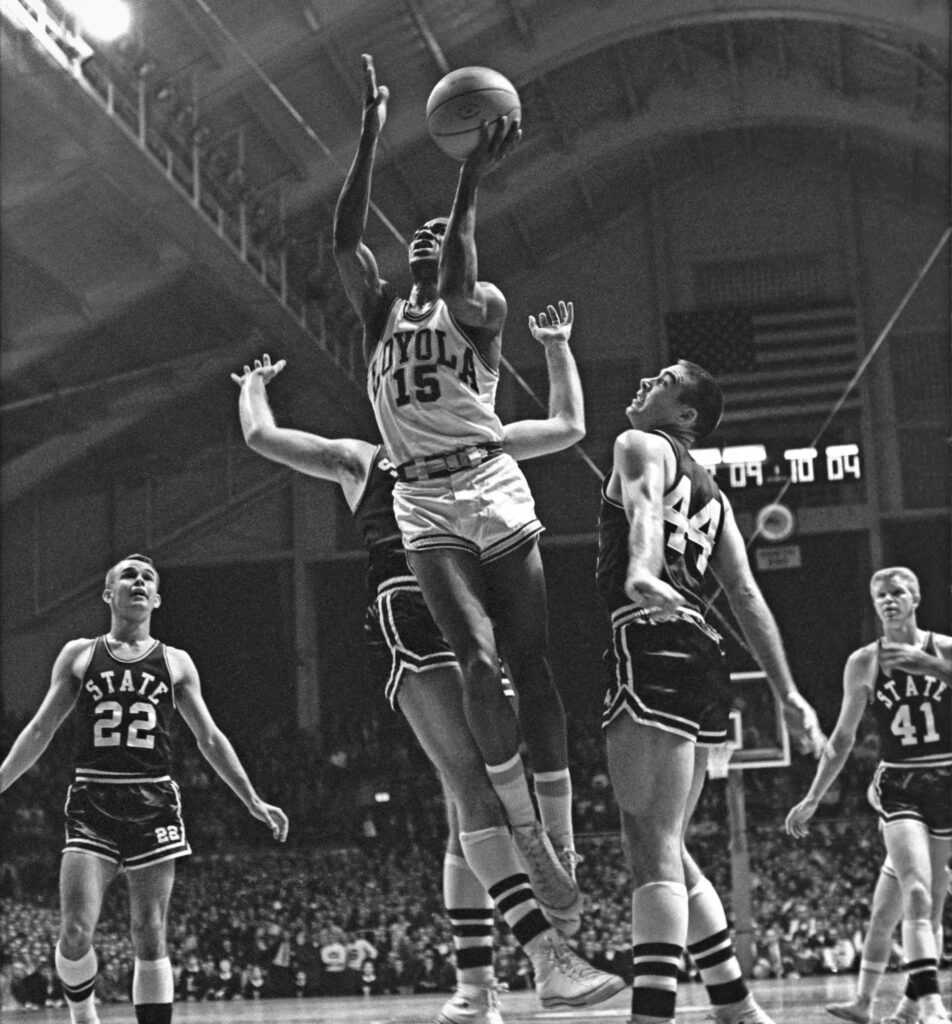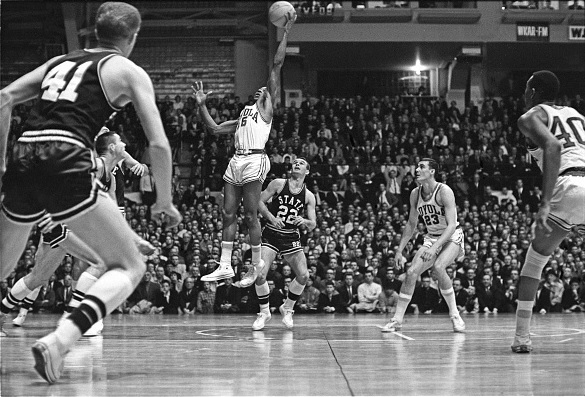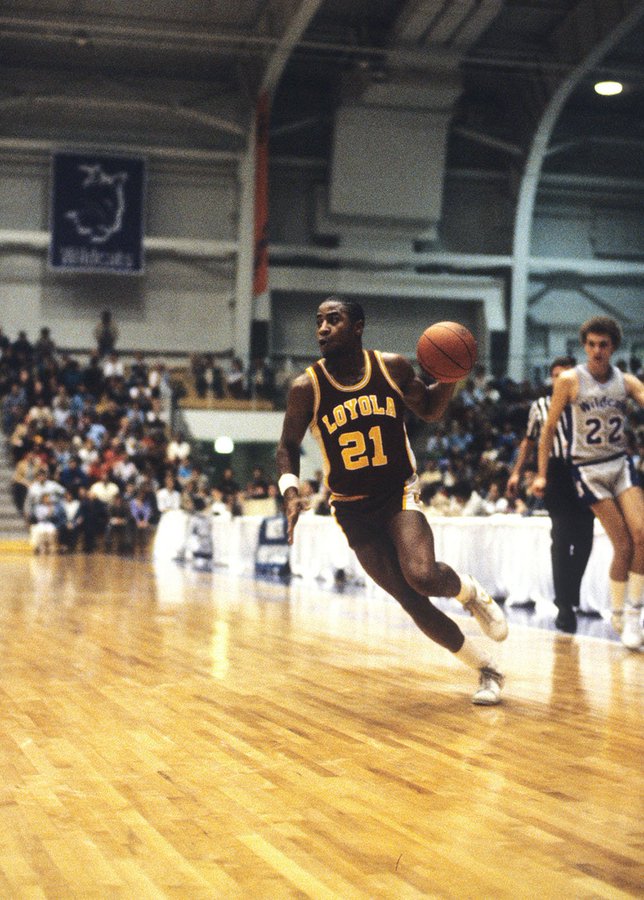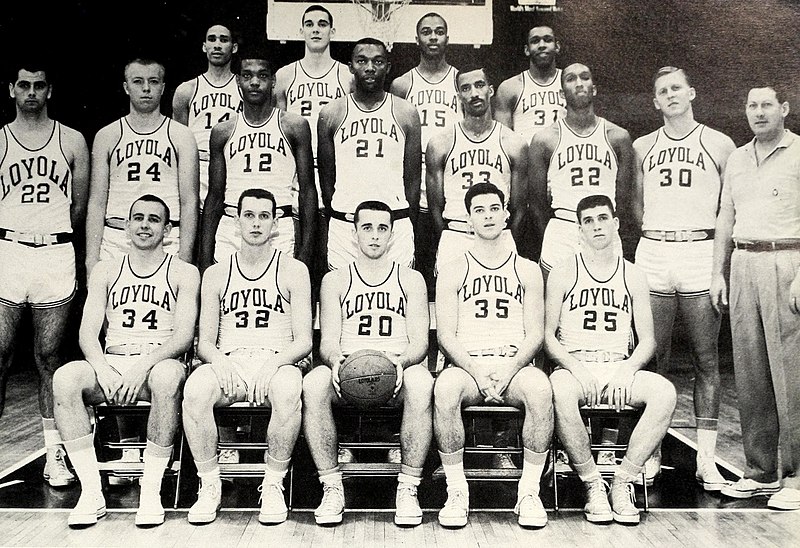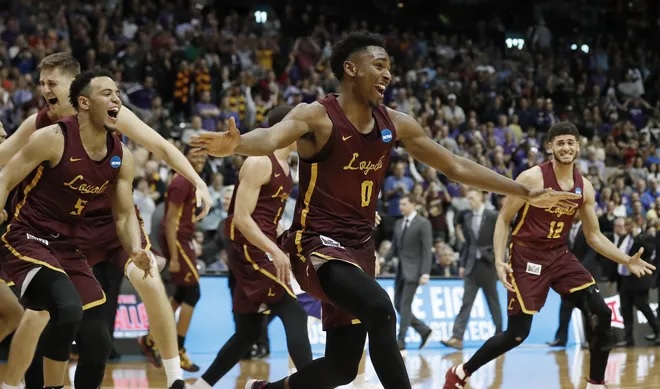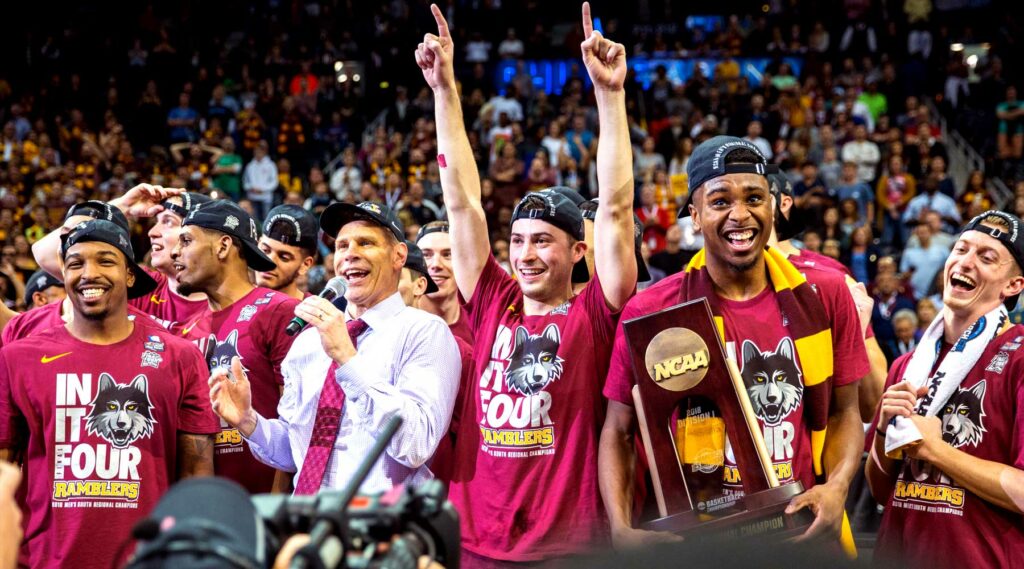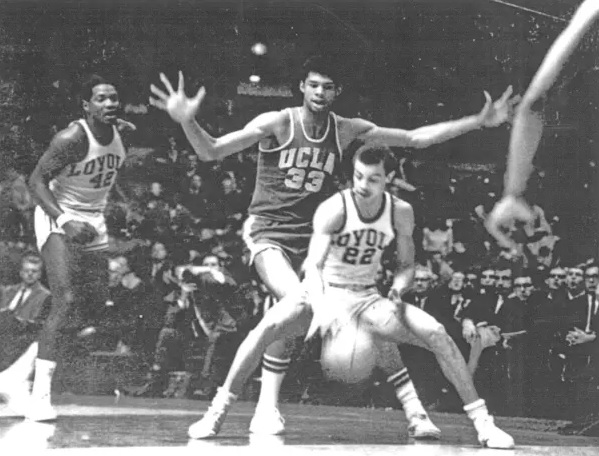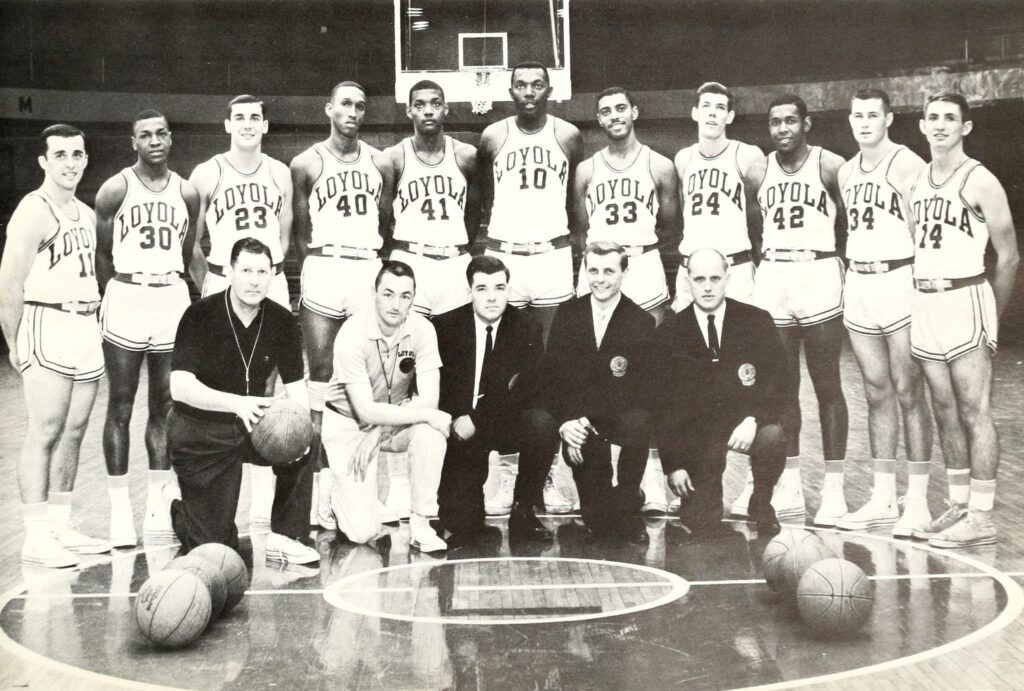It’s Loyola’s first year in the A-10, and most people think the Ramblers have a chance to finish in the top third of the league. I’ll admit, I was concerned about the adjustment to the new league and all that comes with it– new travel destinations, lack of familiarity with other teams, extra travel time, higher average athletic budgets in the new conference, and new/unfamiliar playing fields.
Loyola’s adjustment to the MVC took 1-3 years in my opinion. But so far, the fall sports have shown that the gap between MVC and A-10 performance on the field isn’t nearly as large as the Horizon League-MVC gap. Loyola finished 8th of 15 teams in women’s soccer (barely making the conference tournament), 4th in men’s soccer, first in both the men’s and women’s cross country championships, and currently rank first in women’s volleyball.
The other thing that’s helpful for Loyola men’s basketball in the new conference is the sheer number of teams with new or first-year coaches. Davidson, Fordham, LaSalle, UMass, Rhode Island, and George Washington all have new coaches with (for the most part) different philosophies; some of them will have teams that were put together out of a shell of a previous regime with newcomers added out of the transfer portal.
Here’s how I see the conference shaping up for the 2022-23 season:
1. Dayton
The Flyers just barely missed the tournament last season with one of the youngest teams in college hoops. Moreover, Dayton got noticably better as the season went on. Everybody’s back, except this year, all their freshmen have had an off season with college-level strength, endurance, nutrition, and performance training. Add the fact that Dayton has one of the best home court advantages with the league’s highest attendance, and I give an edge to the Flyers to take the conference.
2. Saint Louis
Travis Ford’s Billikens have the most collective experience, the best floor general (Yuri Collins, who led all of college basketball in assists last year), and one of the top players in the league in senior Javonte Perkins returning from an ACL injury.
3. VCU
Two things I’ve always admired in a team are interchangeable, multi-skilled players, and playing hard defense. The former allows teams to switch more easily on defense and creates mismatches on offense against most teams, and the latter ensures that the focus never lets up. That’s what the VCU program is, and they have another great crop of players to carry it out this season.
VCU is likely to play a three-forward, two guard lineup with the forwards between 6’9″and 6’7″, a shooting guard at 6’4″, and a point guard at 6’1″. They recruit for length and quickness, and they have a pretty clear game plan, so the fact that they’re likely to start one senior, one junior, and three sophomores isn’t likely to slow them down.
Under sixth-year Coach Mike Rhodes, VCU has never won fewer than 18 games, only once had a KenPom ranking out of the top 100 (his first season), never finished below .500 in conference, and reached the NCAA Tournament twice– once with an 8 seed in 2019, and once with a 10 seed in 2021.
4. Davidson
Yes, Davidson has a new coach, but not really. Legendary longtime coach Bob McKillop stepped down in June of this year, and his son Matt will be taking over without missing a beat. The regular season A-10 champions and an at large tournament team last year, Davidson lost two fantastic players in 6’10 forward Luka Brajkovic and 6’7″ three point marvel Hyunjung Lee. I remember seeing Lee take over the game at Loyola in 2019 with 19 of Davidson’s 59 points off the bench as a freshman. But the Davidson pipeline of intriguing and often underestimated foreign players continues, with players like 6’9″ Sam Menenga from New Zealand, and players from Iceland, Italy, and Switzerland.
Bob’s son Matt is probably so immersed in the culture of the Wildcats, and Belk Arena is such a tough place to play that I doubt they will slide as far as others expect– especially in a season where the league has a lot of parity from 3rd place to 7th.
5. Loyola
I’m going to put Loyola here. The Ramblers have a very tough schedule in the league, facing Dayton, George Mason, and Saint Louis twice each, and getting Davidson on the road. The month of January is especially brutal; I wouldn’t be surprised if Loyola is 4-5 on Feb. 1.
Jalen Quinn looks like a top candidate for A-10 freshman of the year. Philip Alston has the physicality, athleticism and aggressiveness needed for a league with more NBA prospects than the MVC. Braden Norris and Tom Welch will help coordinate the offense and defense with newcomers like Bryce Golden, Sheldon Edwards, Ben Schweiger, Jeameril Wilson, Trey Lewis, and Jayden Dawson.
The key part of the season in my opinion are the three games from Jan. 4 to Jan. 10, six days that will quite possibly decide the season: Jan. 4 at Davidson, Jan. 7 at George Mason, and Jan. 10 at home vs. VCU. With wins in 2 or 3 of those games, the Ramblers will likely get a bye into the quarterfinals in Brooklyn; one win probably yields sixth place; zero wins in those three and Loyola’s joining “the Wednesday night pillow fight,” as one A-10 fan called it.
6. George Mason
Coach Kim English took over at George Mason last season and surprised almost everyone with a 14-16 campaign and a 7-9 league mark. Mason will most probably be starting four seniors and a freshman this season, but they could have five seniors on the floor whenever they want.
Last year Mason knocked off Richmond, Dayton, and St. Bonaventure, three of the best teams in the league. Not coincidentally, Mason features one of the best individual players in the A-10, 6’9″ 235-pound Josh Oduro, who averaged 17.7 points, 7.5 rebounds, 1.7 blocks, and 1.1 steals per game as a junior last season. The Patriots have also used the transfer portal to add upperclassmen from Tennessee, Virginia Tech, and New Mexico.
7. Richmond
Last year’s A-10 Conference Tournament champion lost two great players that are legends in the program, Jacob Gilyard (now the all time steals leader in D-I) and Grant Golden.
Coach Chris Mooney is back, and so is A-10 first-teamer Tyler Burton. Familiar names like Matt Grace and Andre Guftavson have returned. The Spiders have also added a 7′ transfer from Lafayette and two big guard/forwards from Wofford and The Citadel. After McKillop’s retirement at Davidson, Mooney is now the dean of A-10 coaches in his 18th year at Richmond after taking over from Jerry Wainright (who left for DePaul).
8. UMass
Frank Martin takes over at UMass this year, and will have a big re-building program. The Minutemen have only had one winning season in the past seven (an 8-7 record in the pandemic year), and haven’t been to the tournament since 2014.
Martin has a Final Four under his belt from South Carolina in 2017 and an Elite Eight from Kansas State in 2010, and you can already feel the change in attitude from the UMass fans from this bold hire. The Minutemen were picked to finish 8th in the A-10 Preseason Poll. The Almanac has UMass 9th, and KenPom slots them 11th.
9. Rhode Island
Archie Miller is back in the A-10 after a sojourn of sorts to Indiana. Rhody is known as a place to burnish coaching credentials, having hired the likes of Jim Harrick, Al Skinner, and Dan Hurley. If Miller can turn around Rhode Island, how long will he stay?
But we’re getting ahead of ourselves, aren’t we? Rhode Island hasn’t been to the tournament since the back-to-back trips in the last two Dan Hurley years. So only twice since 1999. URI was 11th in the league last year, 5-12 in conference play. The Rams are picked 9th by The Almanac, 10th by KenPom, and 9th in the A-10 preseason poll.
10. St. Bonaventure
After a really great run with some special talent over the past five years, Mark Schmidt came into this season with the challenge of stocking a program with high expectations and a fervent fan base right away.
Last year, St. Bonaventure knocked off three power programs before losing to Xavier in the NIT semifinals. Schmidt relied on a tight rotation of six or seven key players. This year, St. Bonaventure had the nation’s lowest percentage of returning scorers coming into this season, just four points from a sophomore, which comes out to .004 of the Bona’s total scoring from last season.
But look at the track record: Since 2016, Schmidt has piloted the Bonnies to A-10 finishes of a tie for first, fifth, second, fourth, tie for fifth, first, and fourth. So even with not much in the cupboard, it’s a safe bet Schmidt can come up with something.
11. Fordham
After first-year Head Coach Kyle Neptune took Fordham up to rarefied heights last season– a .500 record and the middle of the A-10 standings– he was hired away to replace his mentor as head coach at Villanova. Neptune’s top assistant Keith Urgo was tabbed to try to keep Fordham competitive with the improved competitive philosophy brought in by Neptune. Many people are slating the Rams for a lower seeding (The Almanac picked them for 13th ) , but I feel like their young talent like will improve and keep them a little higher than the bottom four.
12. Duquesne
The Dukes are supposed to have a new attitude and a lot of great talent for Head Coach Keith Dambrot. Before last season’s terrible 1-16 A-10 league finish, the Dukes had been headed in the right direction under Dambrot, the former high school coach of LeBron James and college Head Coach at Akron.
Problems the past two years closing out close games and locker room management questions have swirled around the program, but clearing out some of the locker room and bringing in a lot of new talent via transfer is supposed to help. Still, the new players don’t have a lot of size.
13. St. Joseph’s
It’s year four of the Billy Lange era at St. Joe’s. Lange took over after St. Joe’s legend Phil Martelli was er, unceremoniously let go after a 14-19 season in 2018-19. One of those 14 wins that season was against Loyola in an ugly 45-42 game at the Palestra. In the years since, Lange’s Hawks have gone 6-26, 5-15, and 11-19. Gotta give people a pass on at least one year for Covid, but not looking too good.
Lange was hired from the NBA’s Philadelphia 76ers, and his philosophy is to run an NBA-style offense. I suppose the theory is that it’s good for student athletes seeking a pro career, it’s more exciting for fans, and it’s the trajectory of college basketball is headed that way. A large part of his plan was thwarted by COVID shutdowns. A fair number of fans were angry about the way 24-year veteran Phil Martelli (with a college coaching record of 444-328) was let go– or that he was let go at all.
I watched the St. Joe’s exhibition against a .500 Division III team that scored 80 points in Hagan Arena last week, and it feels like if you’re going to play that way you should have at least one or two guys who have NBA bodies/skills and a better defensive scheme.
14. LaSalle
LaSalle is one of those great urban college basketball programs that appeal to Loyola fans. They’re the 1954 NCAA National Champions (and they beat Bradley for the title), a former MCC conference foe, home of Lionel Simmons (the Philly version of Alfredrick Hughes), and a team that usually gets pretty far in the tournament when they get there. Unfortunately, the last time LaSalle got to the tournament was 2013, when they got to the Sweet 16 as a 13 seed.
Legendary Philly Coach Fran Dunphy (580-325 career college coaching record at Penn and Temple) was tabbed last spring to be the new Head Coach at LaSalle at age 73. He’s charged with putting a winning group out on the floor, and he’s using every trick of the trade he knows to get it done. He’s put together a roster of a lot of unknown foreign players, a couple of returning guards, a wing, and a big man.
Just tactically, you figure Coach Dunphy can make some improvements, but the league is probably also better overall than it was last year. The Almanac picked LaSalle for 15th, and the A-10 Preseason poll had them at 14th.
15. George Washington
New head coach Chris Caputo takes over a team that played well in conference after a rough start to last season. Their 2nd and 3rd leading scorers transferred out when the coach was replaced. Coming in are Kansas State transfer Maximus Edwards.
Caputo comes from the Jim Larranaga coaching tree, so it’s a bit ironic that he’d start his head coaching career across town in the same league as the source of Larranaga’s first success. But assuming he succeeds at George Washington, it will take a few year.

